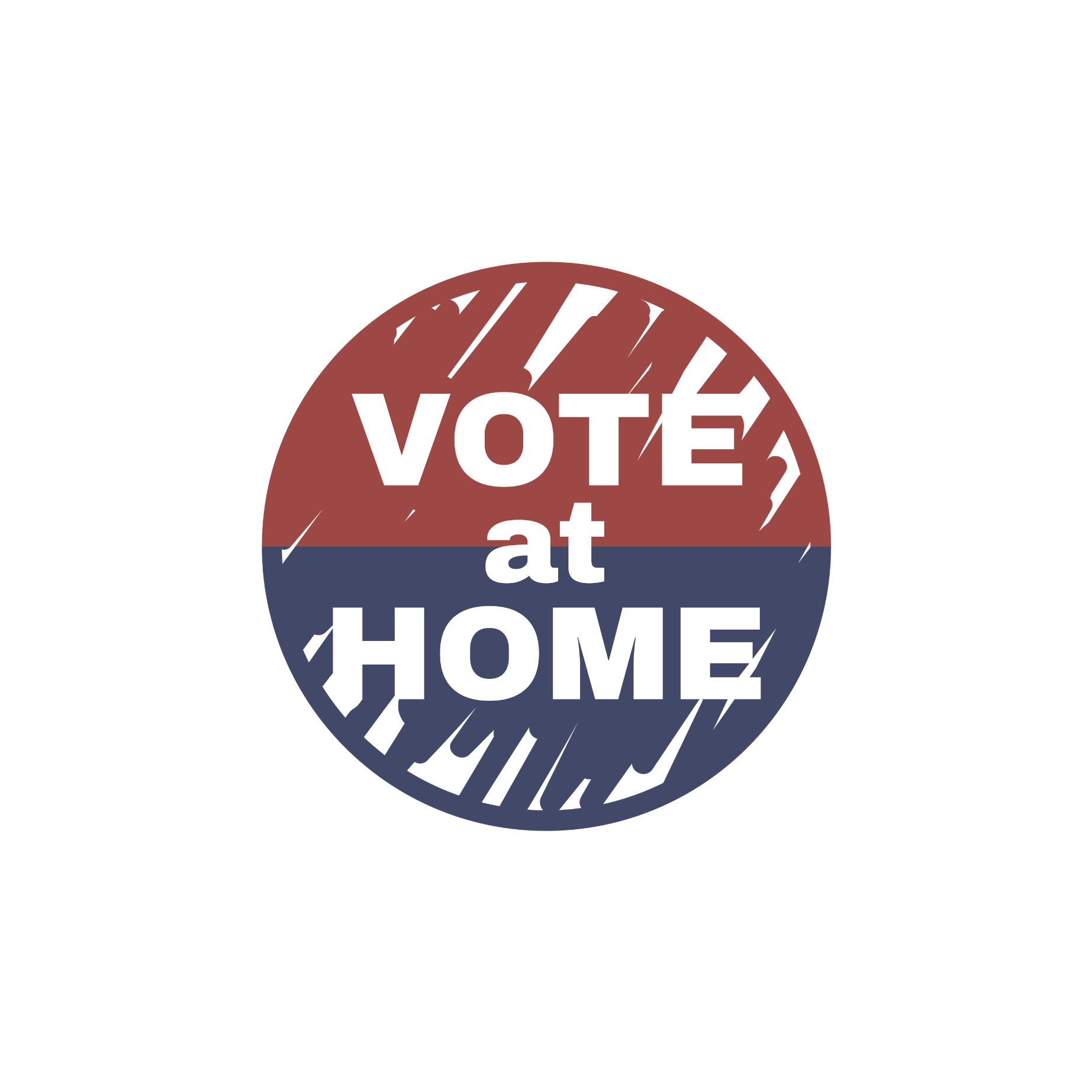National Vote at Home Institute — Once upon a time, two states, with nearly identical demographics and similar high turnout political cultures, held the exact same election on the exact same day, with just one identical issue on their ballots.
That day was March 5, 2024, Super Tuesday, when voters in Minnesota and Colorado weighed in on the single question of who should be the Republican and Democratic nominees for U.S. President. In Minnesota, 17% of registered voters cast a ballot. In Colorado, 39% of registered voters did so.
What was the difference? In Minnesota, voters had to go to their assigned polling place, on or before Election Day, or apply in advance (though no excuse was required) for a mailed-out absentee ballot. In Colorado, all active registered voters automatically received their ballots, via the US Postal Service, several weeks before the election. Voters could then return their marked ballots by mail, or in person.
Both states have roughly 3.5 million registered voters, and pride themselves on high voter turnout in presidential and midterm general elections. Colorado ranked #7 in 2020 and #6 in 2022, while Minnesota ranked #1 and #3.
Both states have automatic voter registration, and allow voters to register to vote up through Election Day itself. And politically, both are purple, trending blue. Hilary Clinton won both states in 2016, but with less than 50% of the vote. In 2020, Biden beat Trump by 7% in Minnesota and 11% in Colorado.
Because its voters don’t register by party affiliation, Minnesota allowed 100% of its registered voters to participate in the March 5 presidential contest. Although Colorado is a party registration state, 98% of its voters could still participate, as the state’s 1.6 million non-affiliated voters are mailed both parties’ ballots, though they can only vote one.
If anything, Minnesota’s demographics are even more voter turnout-friendly than Colorado’s. Minnesota is a tad older – its median age in the 2020 census was 38.5, compared to Colorado’s 37.3. Minnesota’s “white alone non-Latino” population was 75.9% according to the most recent (2022) Census estimate, while in far more diverse Colorado, it was 64.8%.
When academic researchers attempt to measure the impact of a particular election policy on voter turnout, they typically need to control for these and other key variables, not to mention the multiple races being voted on during that single election. It’s an enterprise inherently fraught with many assumptions, whose various weightings and regression coefficients are indecipherable to most non-academics.
Such research is thus easy to downplay or even dismiss, especially different studies that seem to reach opposite conclusions. That is why real-world, “natural experiments” like this one– again, identical elections, held on the same day, with the same, singular question for both states’ voters – can bring so much more clarity.
So far, Colorado’s more-than-double turnout trouncing of Minnesota has largely been ignored by journalists, political analysts, and democracy reform advocates. Perhaps the difference is so astonishingly large that people simply don’t believe it.
But it’s worth noting that on March 5, five other Super Tuesday states couldn’t crack even the 20% turnout mark, either (Tennessee, Oklahoma, Virginia, Maine, and Texas), while Washington state, which also automatically mails all active registered voters their ballots, turned out at 35%.
Coincidence? We don’t think so. And it’s long past time for those who lament the abysmal state of America’s “spectator sport” democracy to pay far more attention to the single most powerful way to address it – by automatically sending a ballot to every active registered voter, every time.

